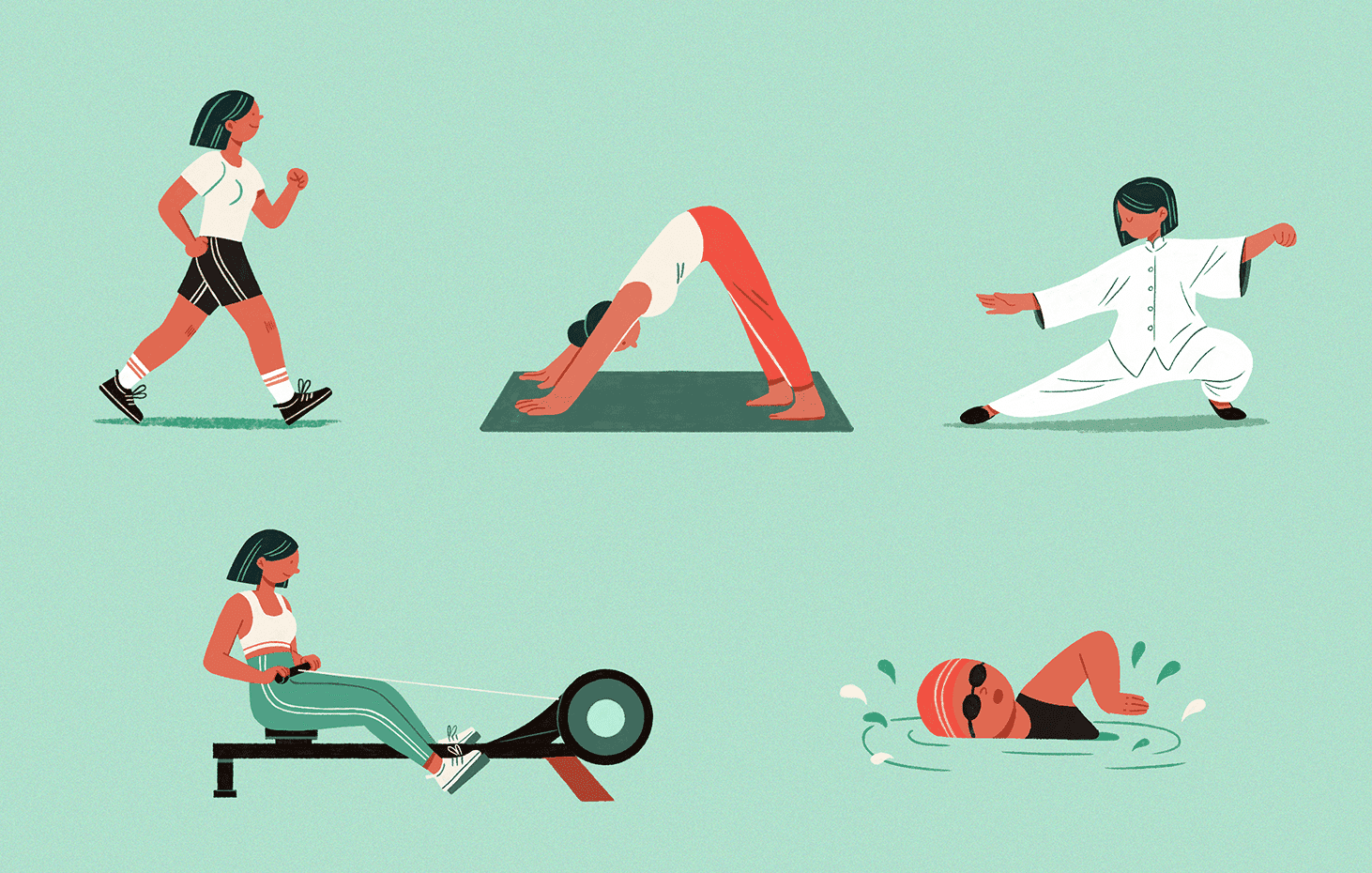Workouts and routines for athletes can be tailored to their individual needs and goals. For example, a high-intensity interval training (HIIT) workout may be beneficial for a basketball player who needs to improve their speed and agility on the court. A strength-training routine may be more appropriate for a football player who needs to build up their muscle mass and power. Regardless of the specific workouts and routines used, consistency is key. Athletes should aim to follow a regular fitness and training regimen in order to see the best results and to maintain a high level of physical fitness throughout the season.Overall, understanding the importance of fitness and training is critical for athletes who want to perform at their best. By focusing on workouts and routines that are appropriate for their individual needs and goals, athletes can build strength, improve their endurance, and prevent injuries, all while increasing their chances of success on the field or court.
Designing workouts and routines for different skill levels and goals
When it comes to training for athletes of all levels, it is important to break down a workout into individual components. This includes planning different exercises, sets, and reps while considering the appropriate weights and rest periods. For beginners, workouts should focus on building endurance and strength gradually to prevent injuries and allow them to perform the workouts safely. Intermediate athletes should focus on strength and conditioning, while advanced athletes should work on more advanced exercises that challenge their limits.

Additionally, it’s essential to consider the athlete’s skills and preferences when designing a workout routine. Some prefer high-intensity workouts, while others prefer low-impact exercises. The best workout routines should be well-rounded and include sufficient rest periods to avoid overtraining. Overall, the key to designing a successful workout routine is to make it flexible and adaptable to the athlete’s goals and preferences. With the right training and fitness routine, athletes of all levels can achieve their desired fitness level and perform at their best potential.
Incorporating strength and cardiovascular training for optimal results
When combined, strength and cardiovascular training can provide a well-rounded and comprehensive workout routine that can benefit individuals of all fitness levels and abilities. For athletes, incorporating both types of training can help to improve overall performance, endurance, and physical strength.It is important to note that the frequency and intensity of workouts should be tailored to each individual’s specific fitness level and goals.

Beginners may want to start with lighter weights and shorter cardio sessions, while more advanced athletes may incorporate heavier weights and longer cardio sessions.Some effective ways to incorporate both strength and cardiovascular training include alternating between days of strength training and days of cardiovascular training, or incorporating both types of training into the same workout session by starting with a cardio warm-up, followed by strength training exercises, and ending with a cardio cool-down. Overall, incorporating both strength and cardiovascular training into your workout routine can help to improve overall fitness, as well as aid in achieving personal fitness goals.
Overcoming common challenges and obstacles in maintaining a regular fitness routine
Another common challenge is boredom. Sticking to the same routine day after day can become monotonous, causing individuals to lose interest in their workouts. To prevent this, it is important to switch up the routine. Incorporating different exercises and varying the intensity level can not only keep things interesting but also prevent a plateau in progress.Injuries or physical limitations can also hinder a regular fitness routine.

However, there are modifications or alternative exercises that can be done to work around injuries or limitations. Consulting with a physical therapist or trainer can help individuals create a workout plan that is tailored to their specific needs.Lastly, lack of motivation or accountability can cause individuals to fall off track. Finding a workout buddy or joining a fitness group can provide social support and added motivation. It is also important to set achievable goals and track progress to stay motivated and accountable.By identifying and addressing these common obstacles, individuals of all fitness levels can maintain a regular workout routine and achieve their health and fitness goals.










